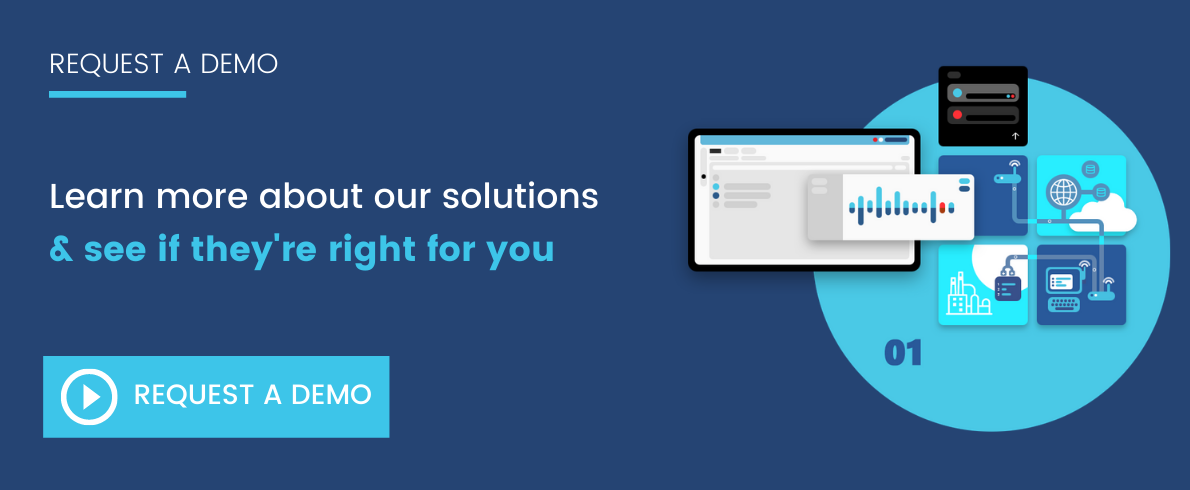For example, if you work primarily from the total revenue to total cost model, you might emphasize minimizing expenses throughout the company, even in areas not directly related to production or logistics. On the other hand, if you work from the marginal revenue model to marginal cost model, you might emphasize increasing or capping production for certain products based on their profit margins.

Here are a few key steps to mastering the art of profit maximization:
1: Make a Habit of Analyzing ALL of Your Business’ Costs to Sell Products/Services
Running any kind of accurate cost/profit analysis for a product or service is going to be impossible unless you know all of the costs attached to each successful sale. This means knowing the cost of labor, materials, shipping, advertising, storage, and many other small, easy to miss expenses attached to the process of selling any good or service.
Reliably tracking all of the costs associated with your business’ operations from beginning to end will most likely require the use of some kind of business intelligence tool with the ability to integrate all of your financial information to improve the accuracy of your expense reporting.
Make a habit of checking these costs on a monthly or quarterly basis, taking note of any changes and their reasons when possible. This is the kind of information that helps you improve your business optimization, and thus profits.
2: Find Ways to Anticipate Demand to Optimize Sales
There is something to be said for minimizing costs by moving production to foreign locations with cheap labor. However, increasing the length of your supply chain reduces your ability to meet short-term demand for your products.
On the other hand, while keeping production close to the markets where you sell your product greatly increases demand optimization, this can be less than optimal for financial optimization goals if production is significantly more expensive near where you sell your goods.
The forecasting of sales using historical sales data helps you with operations management forecasting by letting you increase or decrease production for a specific product line ahead of time in anticipation of a surge or lull in demand.
Enhance the demand planning process by utilizing prescriptive demand optimization capabilities that tell your organization which demand to satisfy in order to maximize profit.
3: Make Sure Your Business Plans Mirror Actual Business Operations
It’s one thing to create a plan to maximize profits, and it’s another thing altogether to put that plan into motion, especially when the said plan does not correlate with your business’ practices.
Ensure that, when you’re doing “what if” scenarios to help with your sales and operations planning processes, you model real business constraints at the appropriate granularity and time horizon. In other words, using constraints in business modeling is critical.
To do this, you need to be familiar with your business’ operations, including the supply chain, inventory management, and sales process. With this information, you can better predict likely scenarios for your financial and supply chain management planning.
You might have noticed a common thread throughout these three steps to mastering the art of profit maximization: a need for accurate analytics.
Prescriptive analytics gives you a roadmap to success, allowing you to see what needs to be done to improve business results and maximize profits. Find out more about prescriptive analytics at the link below:







